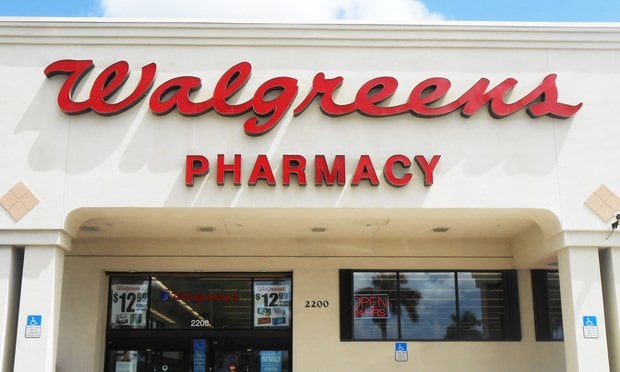Public health advocates are flummoxed by the persistently low rate of teens who receive the medically-recommended HPV vaccine.
"We think the rates are dismally low and very alarming," Amy Pisani, the head of Every Child by Two, a nonprofit focused on increasing vaccinations, told the Pew Charitable Trusts. "We clamor and clamor for a vaccine to get rid of these terrible diseases and yet we aren't implementing them."
Although the national HPV vaccination rate for teen girls is bad — 40 percent in 2014 — it's dramatically lower in some states, according to data gathered by Pew. Only 20 percent of Tennessee girls age 13-17 received the recommended vaccination. Less than a quarter of girls in Mississippi, Arkansas, and Kansas received the vaccine.
Recommended For You
Among boys, who can transmit the virus but are not at risk of the cancers it can cause, the vaccination rate is even lower. Only 9 percent of Alabama boys are vaccinated.
Those four states share important characteristics that might explain their abysmal rates. They all have large populations of socially conservative, Evangelical Christians, who may be inclined to see the HPV vaccine as a tacit acceptance or endorsement of teen sexuality. All of those states also have higher than average poverty rates.
And yet, Georgia, a state with similar demographics and politics, had a higher than average vaccination rate. Forty-seven percent of teen girls in the Peach State received the three doses of the HPV vaccine advised by doctors. However, only 21 percent of boys have been vaccinated.
And North Carolina — no liberal bastion — boasts the highest rate in the nation for girls: 54 percent, perhaps as a result of a state law that requires schools to inform parents about the benefits of the vaccine. Again, however, only 21 percent of boys received the shots.
Rhode Island is the only state in the country to mandate the vaccine for public school students. But even before it made the controversial move last year, the state had the second highest vaccination rate for teen girls, just below 54 percent. The rate among boys in 2014 was lower — 43 percent — but the gender gap was not nearly as large as in most other states.
© 2025 ALM Global, LLC, All Rights Reserved. Request academic re-use from www.copyright.com. All other uses, submit a request to [email protected]. For more information visit Asset & Logo Licensing.







